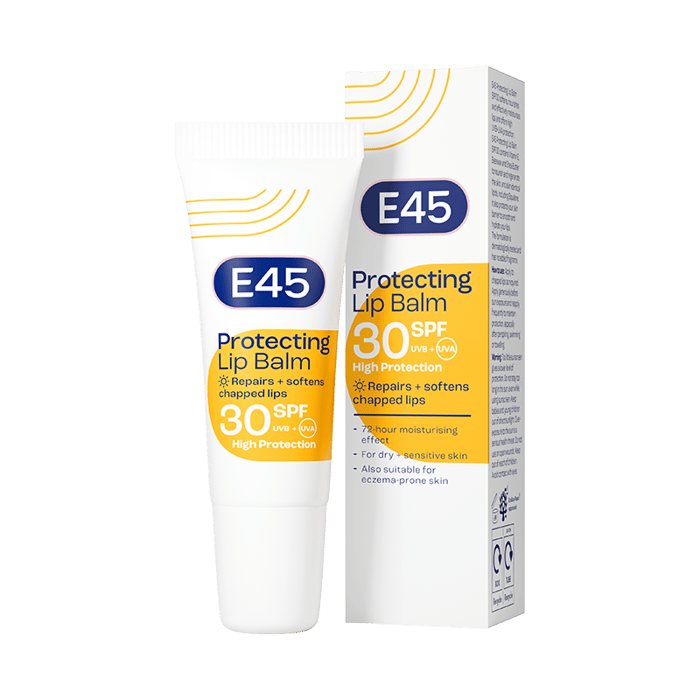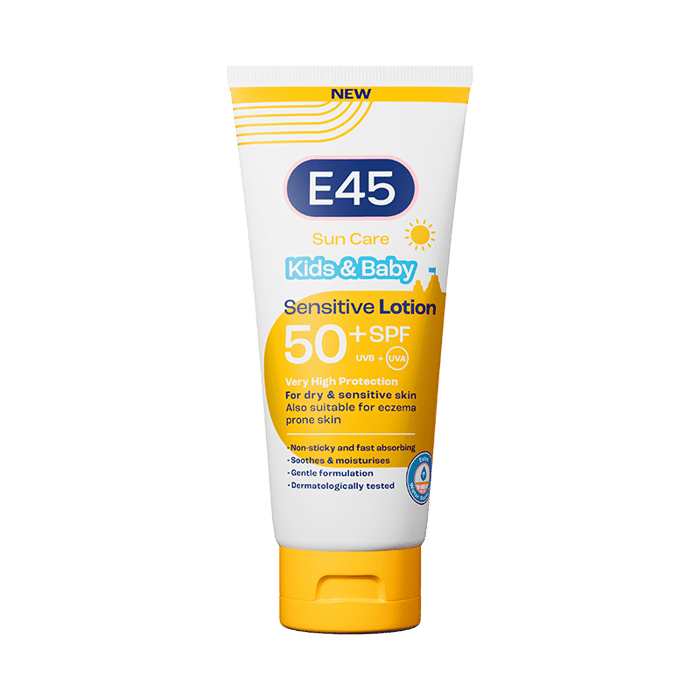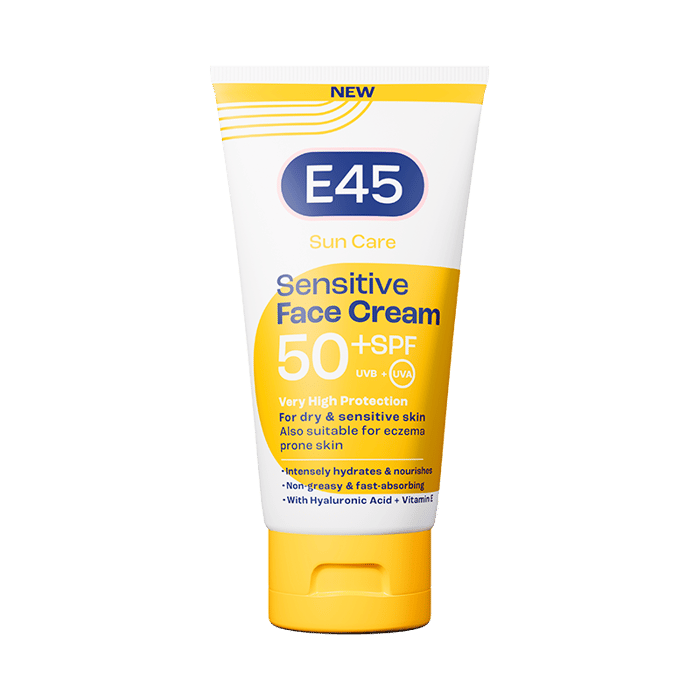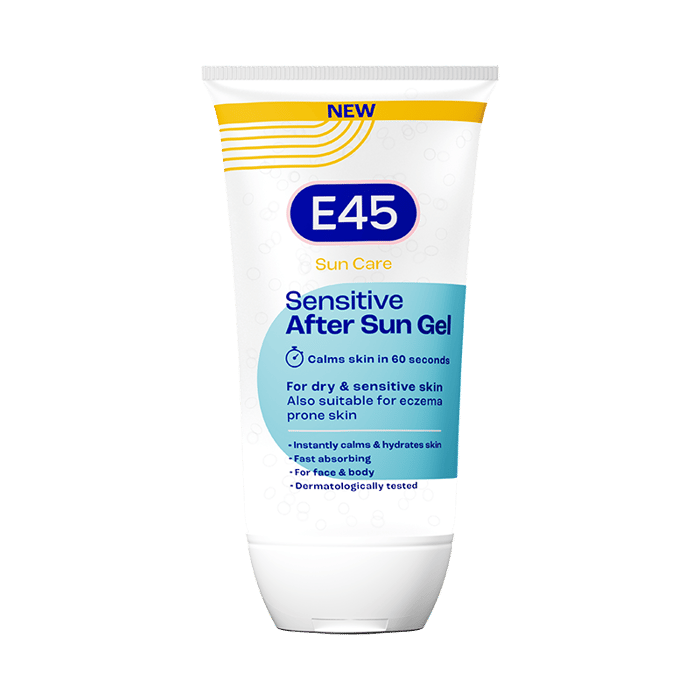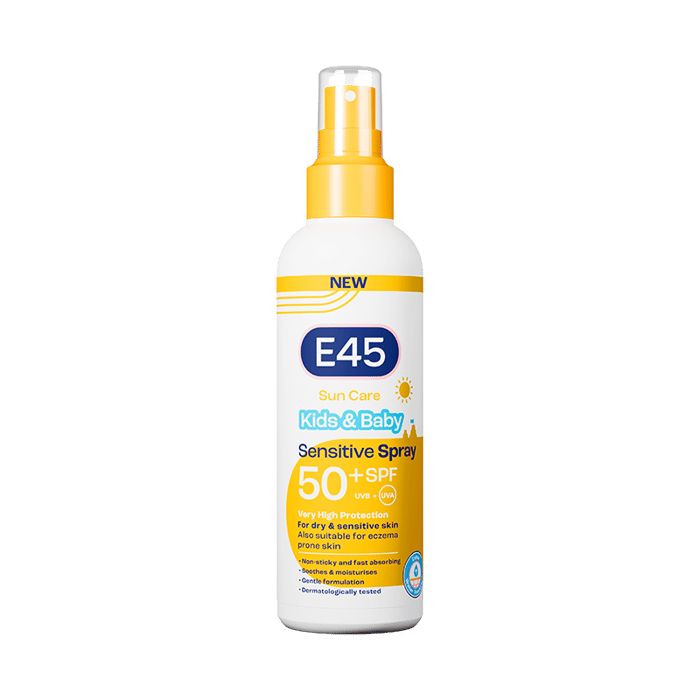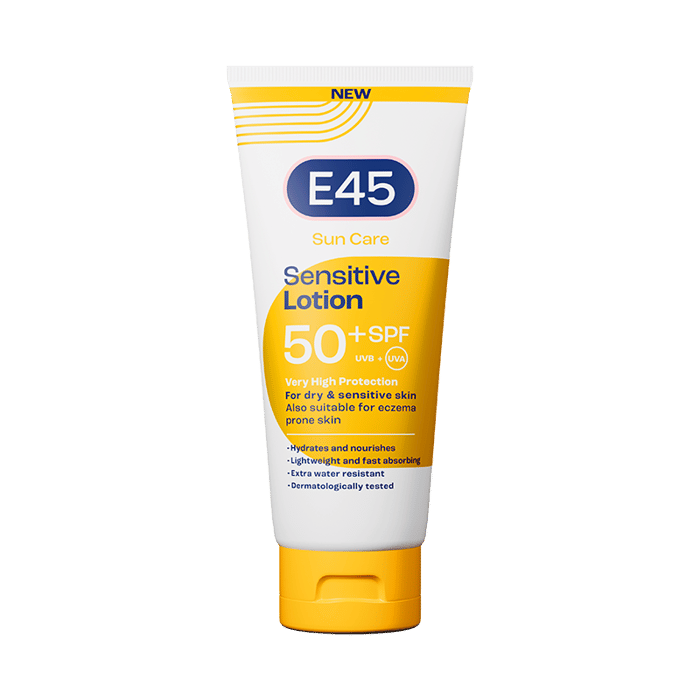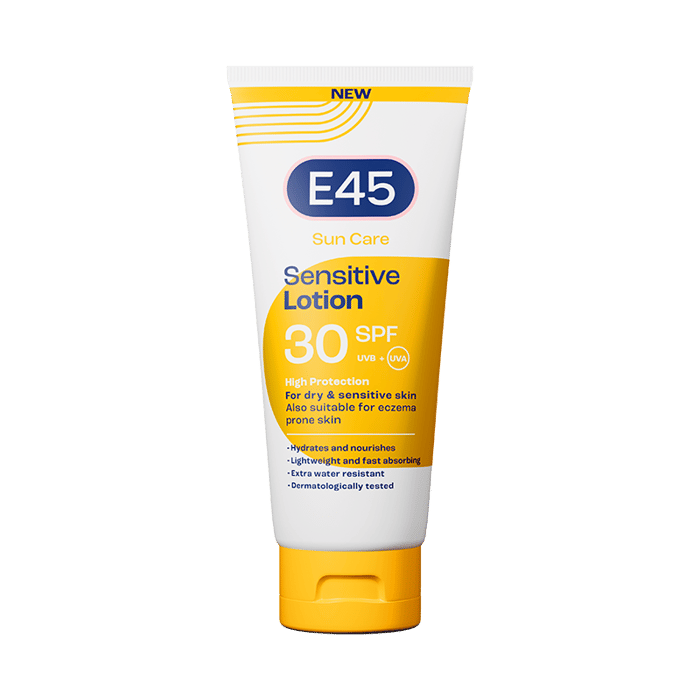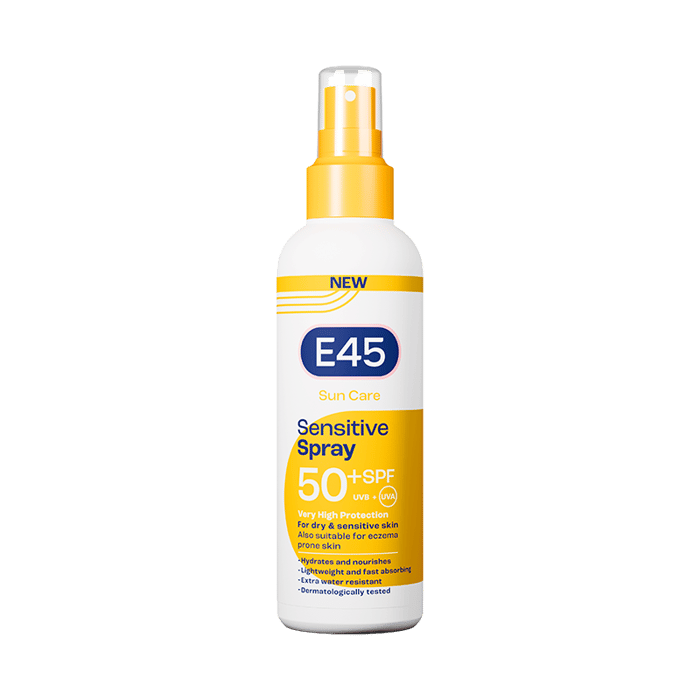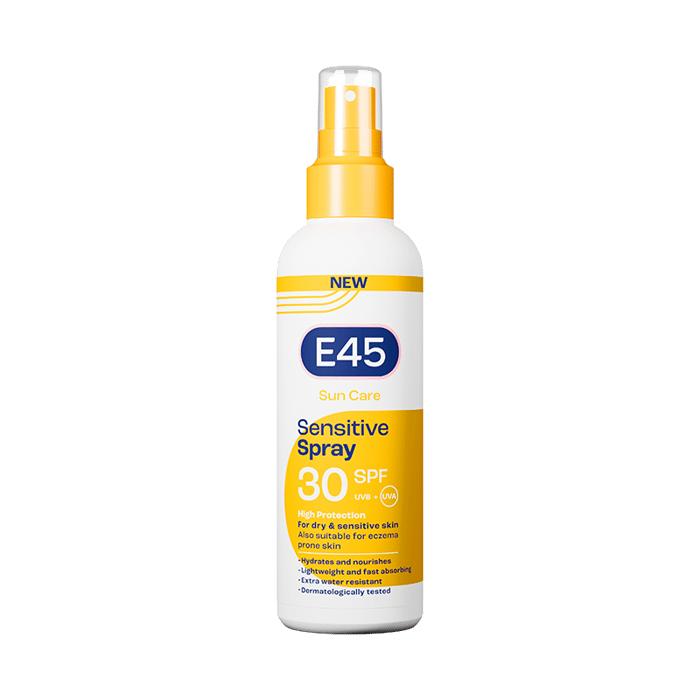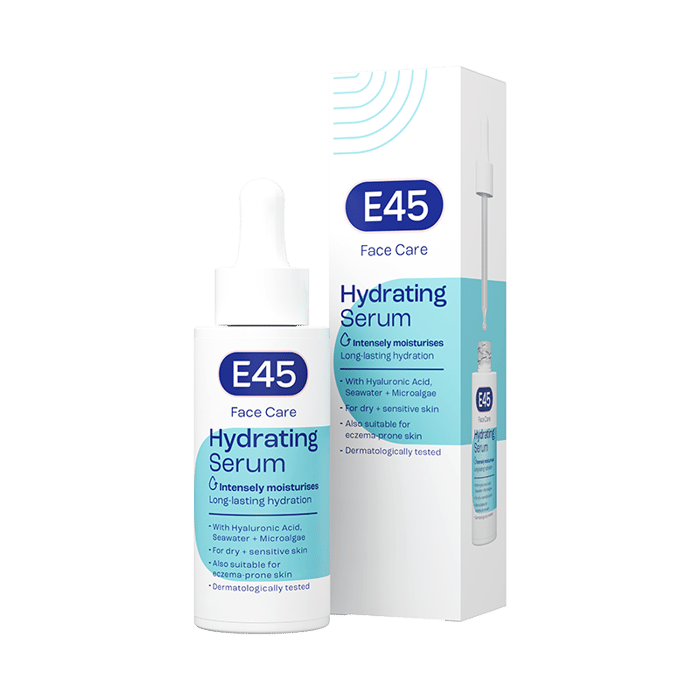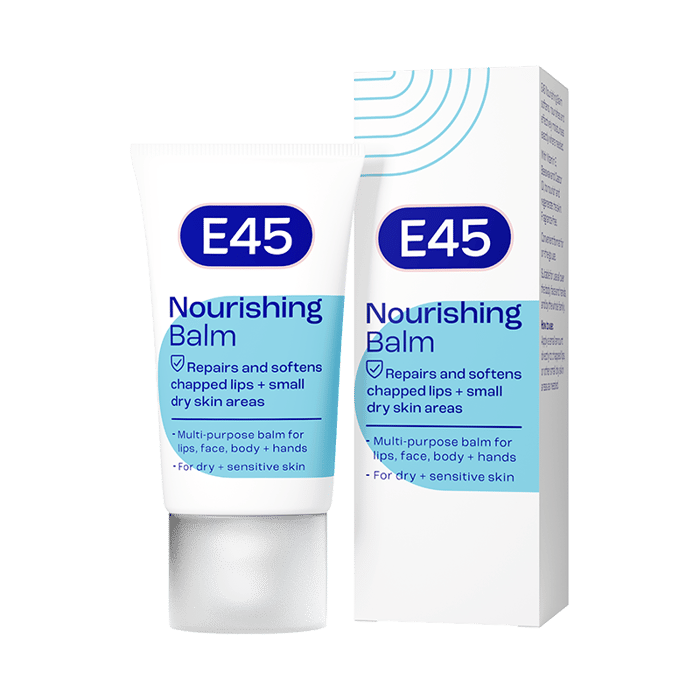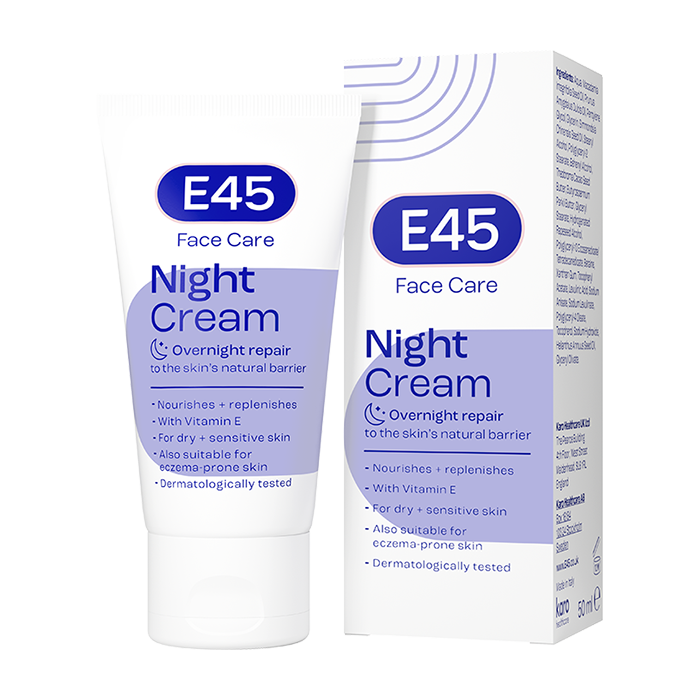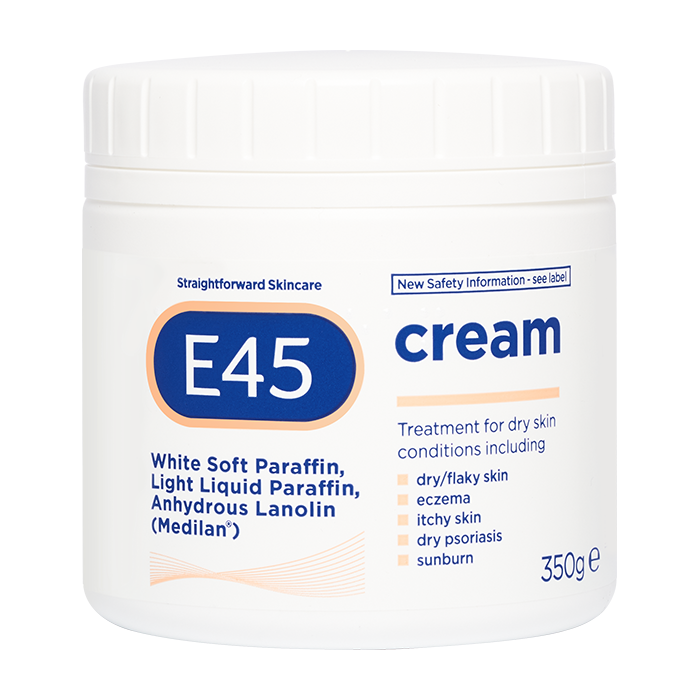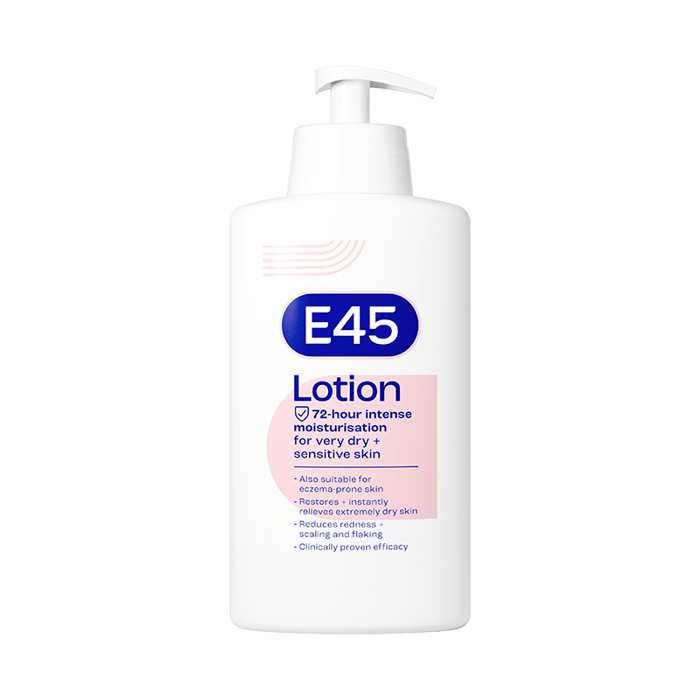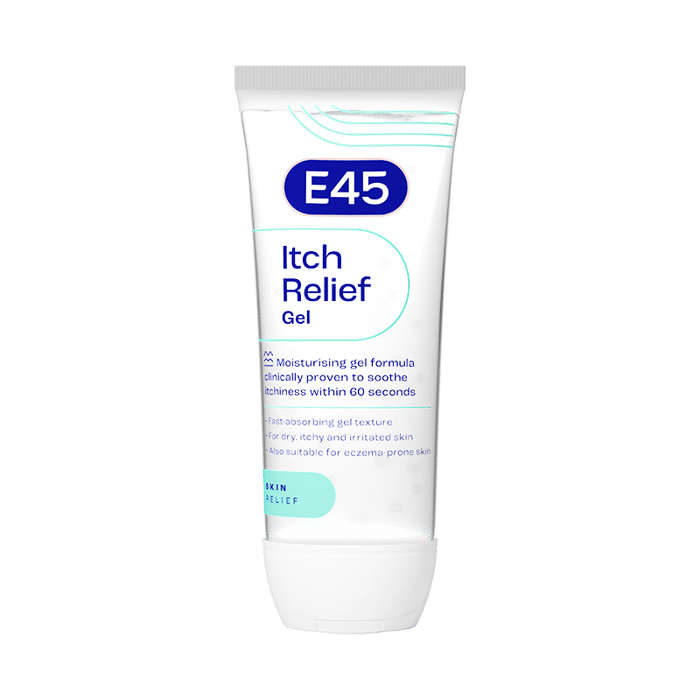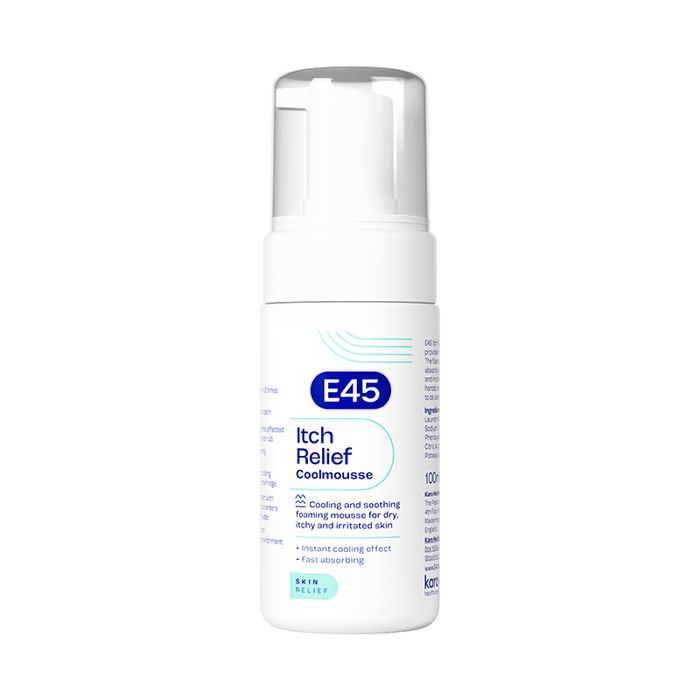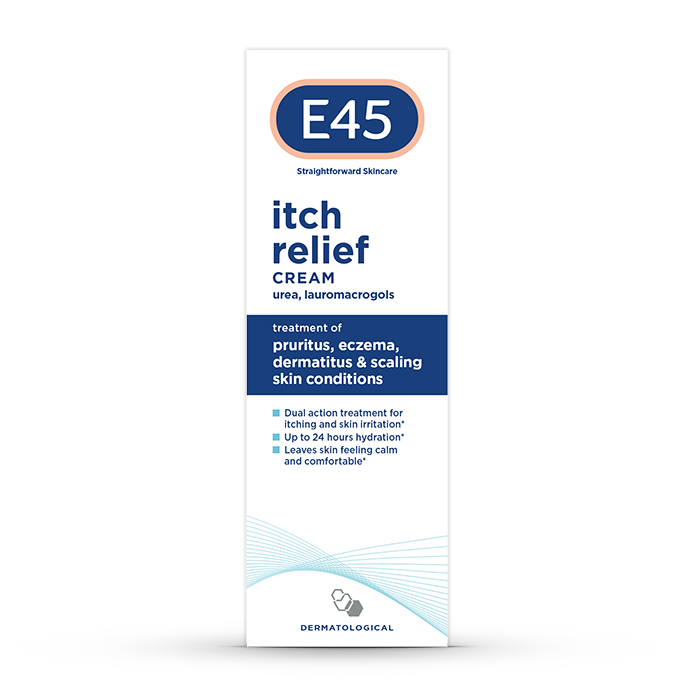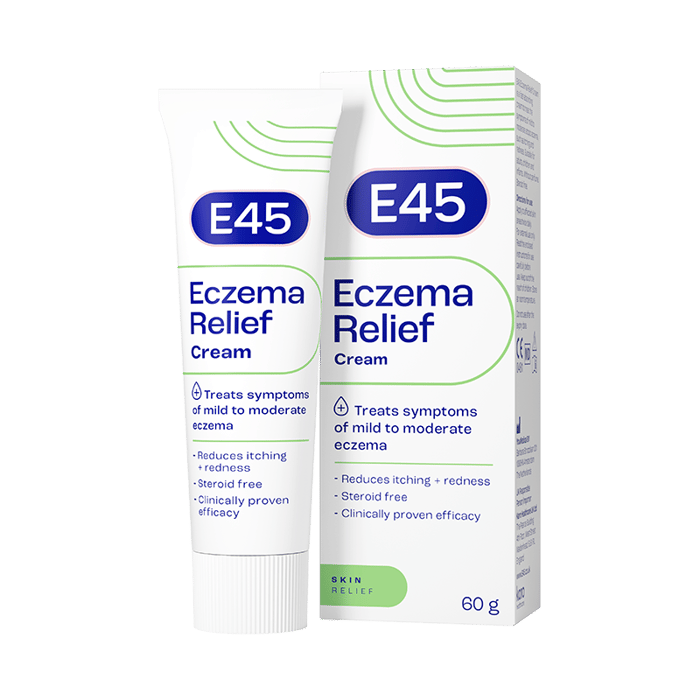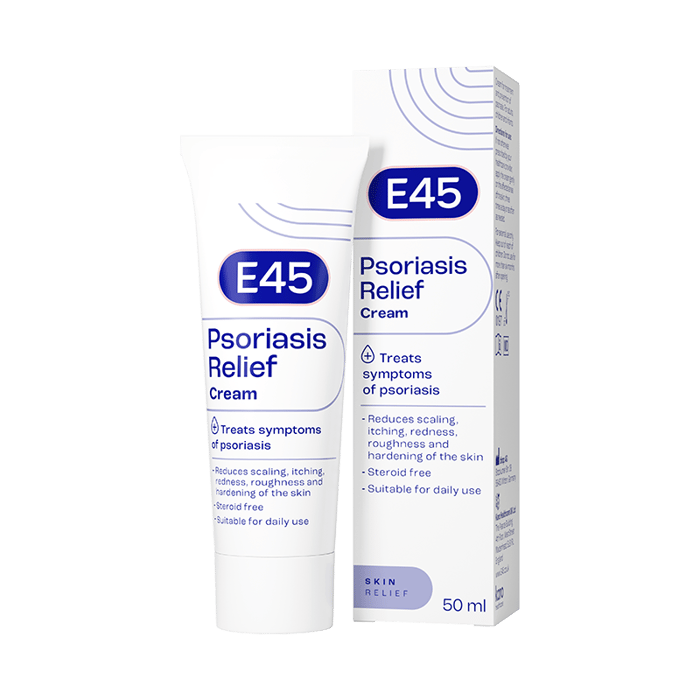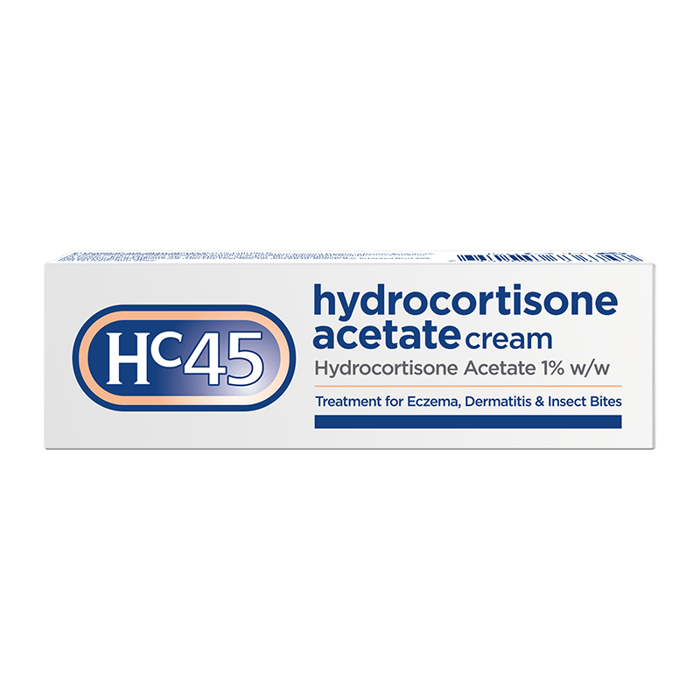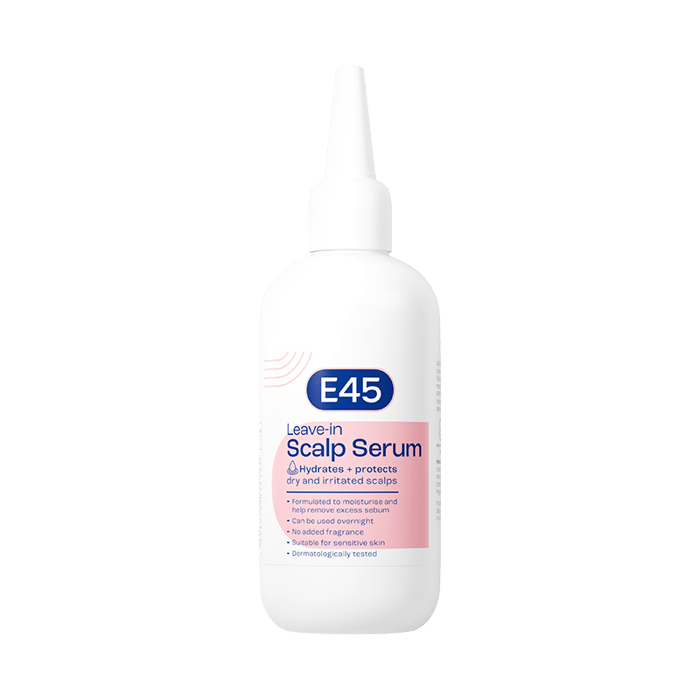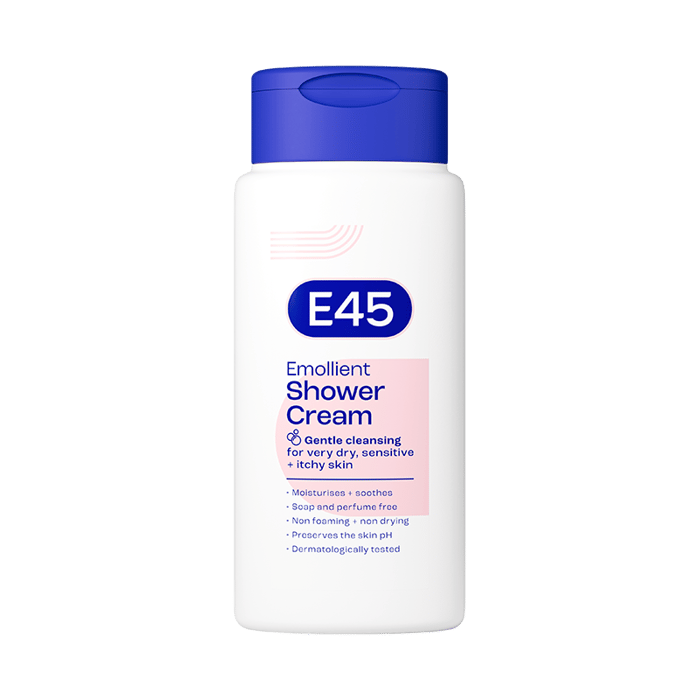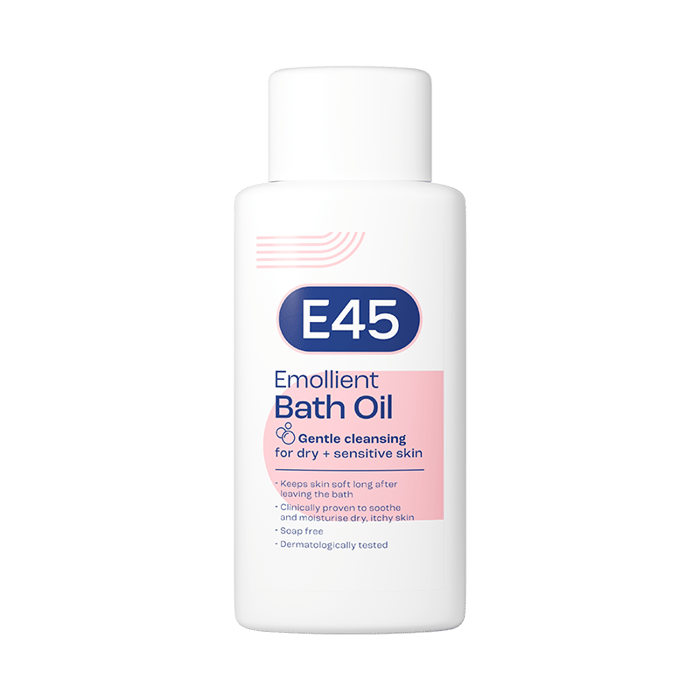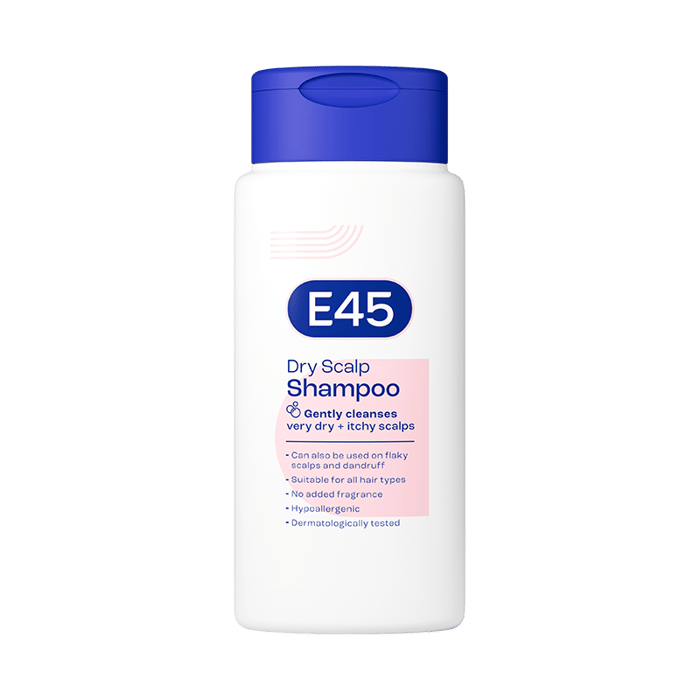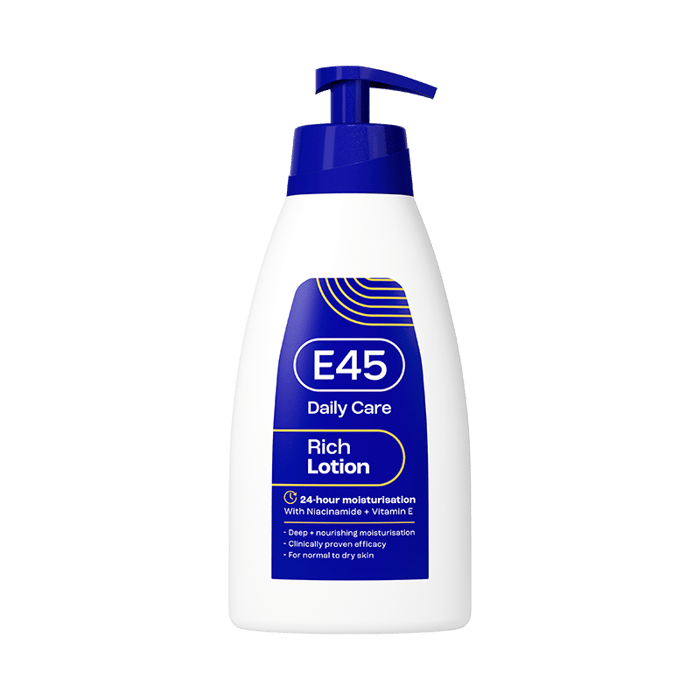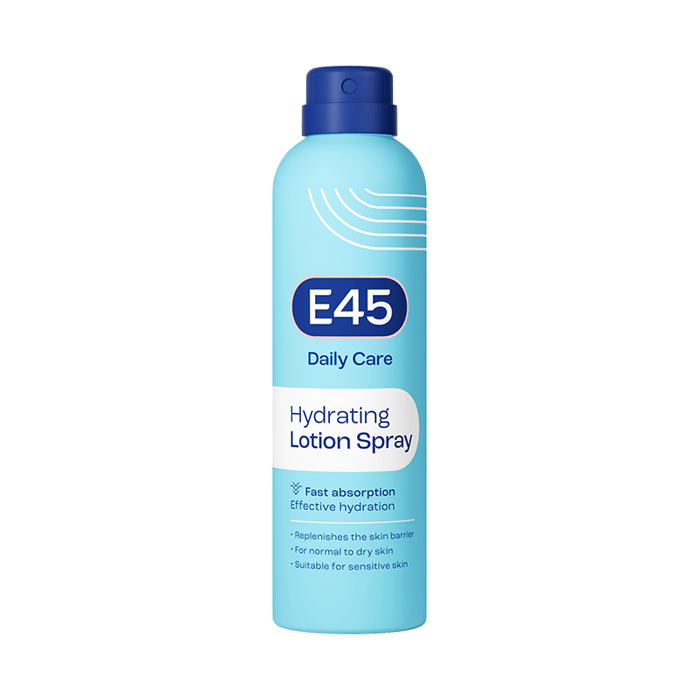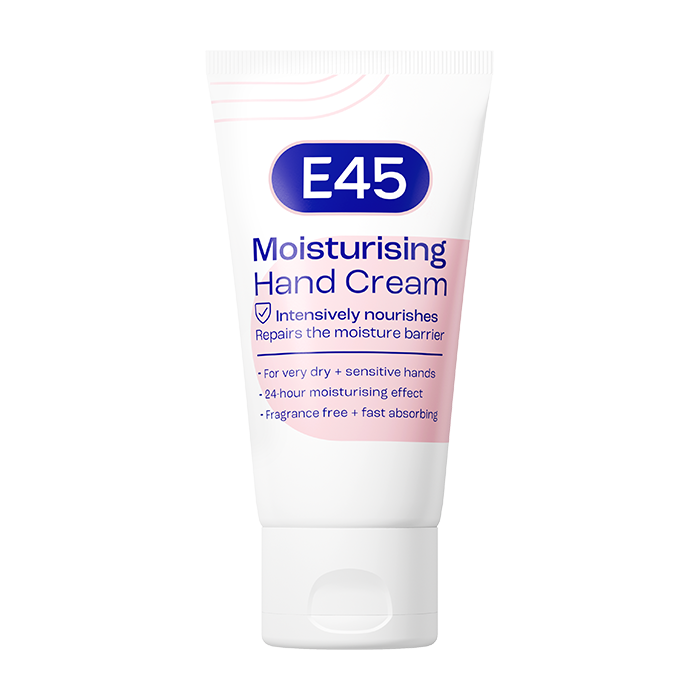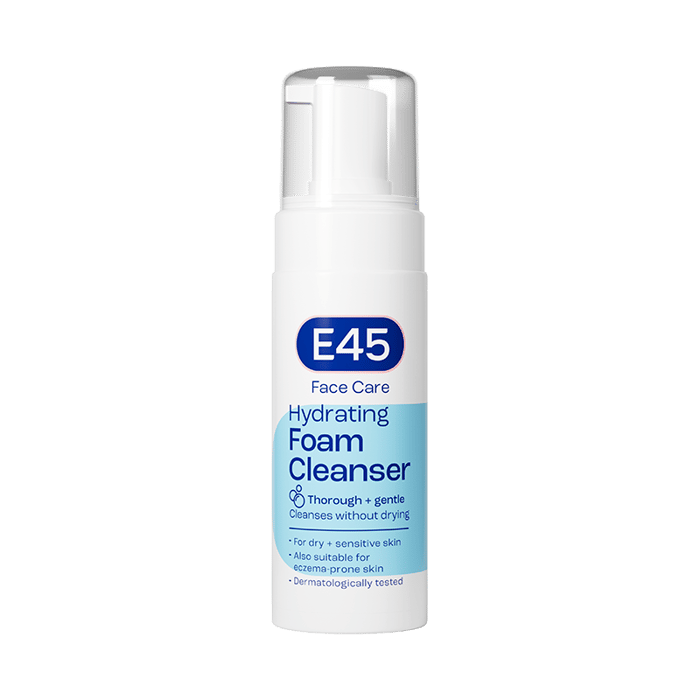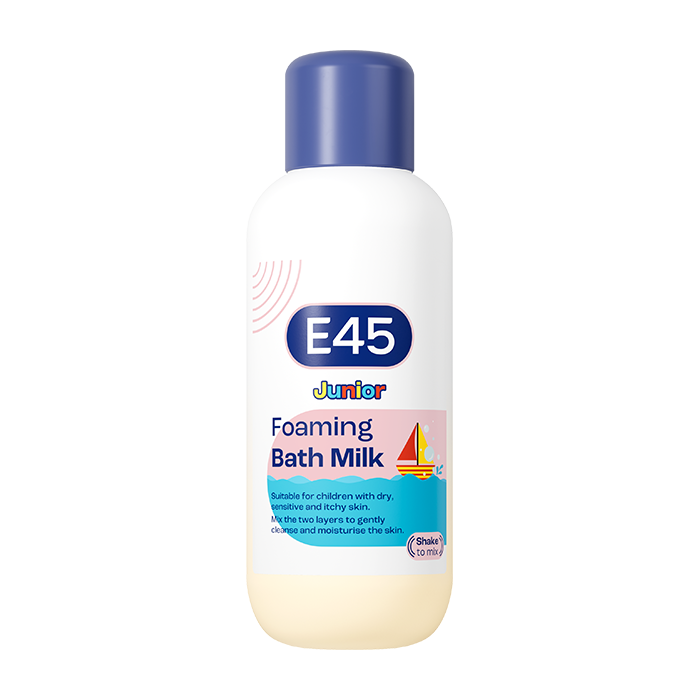Shea butter and the skin: Benefits and uses
Explore the powerful benefits of shea butter for skincare. Learn how it nourishes, moisturises and heals the skin, as well as its potential side effects and ways to incorporate it into your daily skincare routine.
What is shea butter?
Shea butter is a natural fat extracted from the nuts of the African shea tree (vitellaria paradoxa). It has been used for centuries in traditional African medicine for its moisturising and healing properties. Shea butter is rich in essential fatty acids, vitamins A, E, and F, and a range of antioxidants, making it an excellent natural ingredient for skincare.
It has a creamy texture that melts on contact with the skin, providing deep hydration and nourishment. The high concentration of vitamins and nutrients helps to repair and protect the skin, making it an invaluable addition to skincare routines for dry, sensitive or ageing skin (Source).
Is shea butter good for the skin?
Shea butter is highly beneficial for the skin thanks to its ability to hydrate, repair and protect. It’s packed with essential fatty acids that help to replenish moisture, while its vitamins and antioxidants promote skin healing and provide anti-inflammatory benefits (Source). Whether you have dry skin, irritation or need something to counteract the signs of ageing, shea butter is a versatile solution.
It is suitable for a wide range of skin types, including oily and acne-prone skin. However, as with any skincare product, it’s important to do a patch test first, especially if you have sensitive skin.
Benefits of shea butter for the skin
Shea butter is a powerhouse ingredient with a range of benefits for the skin. Below are some of its key advantages:
Deep nourishment and hydration
Shea butter is renowned for its ability to deeply hydrate the skin. Its rich, emollient properties make it an ideal moisturiser, providing long-lasting moisture and helping to prevent water loss. The high content of fatty acids and vitamins enables shea butter to nourish the skin and replenish its natural oils, leaving it feeling soft, smooth and well-hydrated.
Shea butter’s moisturising benefits are particularly beneficial for dry, flaky skin and conditions such as eczema or psoriasis. That’s because shea butter creates a barrier that locks in moisture, which can help to improve the skin’s overall health and texture (Source).
Soothes skin irritations
Thanks to its anti-inflammatory properties, shea butter is an excellent remedy for soothing irritated skin and can help to calm skin conditions such as eczema, dermatitis and sunburn. Shea butter’s natural compounds have been shown to reduce redness, swelling and discomfort, providing relief for sensitive or inflamed skin (Source).
In fact, shea butter has been used in wound healing for centuries. Its rich composition of fatty acids and antioxidants has been shown to accelerate tissue regeneration, helping to repair damaged skin and reduce scarring.
Enhances skin elasticity and firmness
Shea butter can significantly enhance the skin’s elasticity and firmness. As we age, our skin loses its ability to retain moisture and begins to lose its youthful bounce. The high vitamin A content in shea butter helps to support collagen production, the protein responsible for maintaining skin’s firmness and elasticity. Regular use of shea butter can keep the skin plump and more resilient to fine lines and sagging (Source).
Fights premature ageing
The antioxidants in shea butter, including vitamins A and E, can help to fight the damaging effects of free radicals that contribute to premature ageing. Free radicals from UV rays, pollution and environmental stressors break down the skin’s structure, causing wrinkles and sagging. Shea butter’s anti-inflammatory and antioxidant-rich properties protect the skin from oxidative stress, reducing the appearance of fine lines and improving the skin’s overall appearance (Source).
Protects the skin barrier
A healthy skin barrier is crucial for defending against external aggressors, such as bacteria, pollutants and allergens. Shea butter plays a vital role in maintaining this barrier, helping to keep the skin protected and hydrated. Its emollient properties lock in moisture, preventing dehydration and reducing the risk of environmental damage. It’s particularly beneficial for those with a compromised skin barrier due to conditions like eczema or acne (Source).
Reduces the appearance of scars and stretch marks
Shea butter is widely used to reduce the appearance of scars and stretch marks thanks to its ability to enhance skin regeneration and collagen production. Whether due to pregnancy, weight changes or healing wounds, shea butter’s deep moisturising action helps to fade scars over time, making them less noticeable. Its rich composition of fatty acids helps to improve skin texture, promoting smoother, healthier skin (Source).
What skin types can benefit from using shea butter?
Shea butter is suitable for a variety of skin types:
- Dry skin: Shea butter is an excellent remedy for dry skin as it provides deep moisture and prevents dehydration.
- Sensitive skin: Thanks to its soothing and anti-inflammatory properties, shea butter is ideal for calming irritated and sensitive skin.
- Oily skin: While it may seem counterintuitive, shea butter can be beneficial for oily skin because it hydrates and is unlikely to clog pores. It can help to balance the skin’s natural oils.
- Ageing skin: The antioxidants and fatty acids in shea butter support skin regeneration and protect against premature ageing.
- Acne-prone skin: Shea butter can be used on acne-prone skin, as it is unlikely to clog the pores and can also help with scarring after breakouts.
Are there any side effects?
Shea butter is generally safe for most people and is well-tolerated. However, in some rare cases, individuals may experience an allergic reaction, particularly those who are allergic to nuts, as shea butter is derived from the nuts of the shea tree. It’s always advisable to perform a patch test before applying it to larger areas of the skin.
Some individuals with oily or acne-prone skin may find that shea butter contributes to congestion if used excessively. It’s important to use it in moderation and ensure it’s well-suited for your skin type. Always consult with a healthcare professional for tailored advice.
How to use shea butter in your skincare routine
Shea butter is generally safe for most people and is well-tolerated. However, in some rare cases, individuals may experience an allergic reaction, particularly those who are allergic to nuts, as shea butter is derived from the nuts of the shea tree. It’s always advisable to perform a patch test before applying it to larger areas of the skin.
Some individuals with oily or acne-prone skin may find that shea butter contributes to congestion if used excessively. It’s important to use it in moderation and ensure it’s well-suited for your skin type. Always consult with a healthcare professional for tailored advice.
As a moisturiser
Shea butter is a fantastic natural moisturiser due to its rich emollient content. To reap the full benefits, apply a generous amount of shea butter to your skin immediately after showering or bathing, while your skin is still damp. This helps to seal in moisture and prevent dehydration. Its thick, creamy texture makes it ideal for dry, flaky skin, offering long-lasting hydration and a soft, smooth finish. Shea butter also forms a protective barrier that locks in moisture, making it especially beneficial during the colder months when the skin is more prone to dryness. E45’s Face Night Cream and E45 Face Care Hydrating Moisturiser are formulated with shea butter to intensely nourish and repair the skin, ensuring it stays healthy and protected from everyday irritants.
For targeted treatments
Shea butter is known for its ability to improve the appearance of scars, stretch marks and rough patches of skin. If you’re looking to reduce the visibility of scars or prevent the formation of stretch marks, massage a small amount of shea butter into the affected area daily. The fatty acids in shea butter support skin regeneration and elasticity, which can help to heal and repair damaged skin while promoting a smoother, more even complexion.
As a lip balm
Shea butter is a key ingredient in many lip balms due to its deeply moisturising properties. If you have chapped or cracked lips, apply shea butter directly to your lips for a soothing and hydrating treatment. Its natural fatty acids and antioxidants work to replenish and repair the delicate skin on your lips, providing relief from dryness and discomfort. Regular use can help to keep your lips soft, smooth and hydrated throughout the day.
For hands and feet
Shea butter is incredibly effective at nourishing dry hands and feet, especially during the winter months when the skin is more susceptible to chapping and cracking. To keep your hands and feet soft and moisturised, apply a generous layer of shea butter before bed and wear cotton gloves or socks to help it absorb more deeply overnight. This routine not only helps to lock in moisture, but also softens rough, calloused areas, leaving your skin feeling smooth and revitalised by morning. E45’s Moisturising Hand Cream has been formulated with shea butter to nourish, hydrate and soothe the skin, while also repairing the skin’s moisture barrier and smoothing away roughness for soft and supple hands.
In DIY skincare
For a customised skincare experience, you can mix shea butter with other natural ingredients, such as essential oils, to create your own personalised skincare treatments. For example, adding a few drops of lavender or tea tree oil to shea butter can enhance its soothing and anti-inflammatory properties, making it perfect for sensitive or irritated skin. Shea butter can also be combined with honey, aloe vera or vitamin E to create hydrating masks, body scrubs or anti-ageing treatments. With its versatile nature, shea butter serves as an excellent base for creating your own nourishing skincare products.
Conclusion
Incorporating shea butter into your skincare routine offers a range of benefits, thanks to its nourishing, healing and hydrating properties. From its ability to deeply moisturise dry skin to its role in soothing irritation and promoting skin regeneration, shea butter is a versatile and effective natural ingredient suitable for various skin types. Whether you have dry, sensitive or even acne-prone skin, shea butter can work wonders, helping to enhance skin elasticity, fight premature ageing and improve the appearance of scars and stretch marks.
Its rich blend of vitamins, fatty acids and antioxidants makes shea butter an invaluable addition to any skincare regimen. However, as with any product, it’s essential to consider your skin type and perform a patch test to ensure compatibility. With its many benefits, shea butter stands out as a powerhouse for maintaining healthy, glowing skin.
FAQ: Shea butter and the skin
Can I use shea butter every day?
Shea butter is gentle enough for daily use and can be applied to your skin every day. It’s particularly beneficial for dry, rough, or sensitive skin as it deeply moisturises and nourishes the skin. Its emollient properties help to seal in moisture and protect the skin, making it ideal for daily hydration. However, if you have oily skin, you may want to use it more sparingly, as its richness might feel heavy.
Does shea butter help with acne?
Although it may seem counterintuitive to use a rich, fatty substance on acne-prone skin, shea butter is actually non-comedogenic, meaning it doesn’t clog pores. It can help to balance moisture levels in the skin, which may reduce the excess oil that contributes to acne. Shea butter also contains anti-inflammatory compounds that can help to soothe the skin and reduce redness. While it may help with post-acne scars or healing, individuals with oily or acne-prone skin should test it first to ensure it doesn’t aggravate their condition.
Can I use shea butter on my face?
Shea butter can be used on the face, especially for those with dry, sensitive or mature skin. It provides deep hydration and nourishment, promoting a smoother and more supple complexion. However, those with oily or acne-prone skin should proceed with caution. If you’re uncertain, it’s recommended to patch test a small amount on your jawline or behind your ear to ensure it doesn’t clog pores or cause a breakout.
Is shea butter safe for babies?
Shea butter is generally safe for babies, particularly for those with dry, irritated or sensitive skin. Its soothing and anti-inflammatory properties make it an ideal choice for calming nappy rashes, dry patches or eczema on delicate baby skin. Always choose a pure, unrefined shea butter free from additives and perform a patch test first to ensure there are no allergic reactions.
Can shea butter help with eczema?
Shea butter is known for its skin-soothing and anti-inflammatory properties, making it a great natural remedy for eczema. Its rich fatty acids and vitamins help to restore moisture to dry, cracked skin and can help to reduce the itchiness and redness associated with eczema flare-ups. Regular use of shea butter can improve the skin’s barrier function and promote healing. However, if you have severe eczema, it’s best to consult with a dermatologist first.
Does shea butter help with scars and stretch marks?
Shea butter is often used to reduce the appearance of scars and stretch marks. The vitamin A and fatty acids in shea butter promote skin regeneration and elasticity, which can aid in the healing process and improve the texture of scar tissue. Regular application can help to fade scars and prevent new stretch marks from forming, especially during pregnancy or periods of weight gain.
Is shea butter suitable for oily skin?
Shea butter can be used on oily skin, but it’s important to apply it sparingly. While it’s non-comedogenic, its rich texture might feel heavy for those with oilier complexions. If you have oily skin, try applying shea butter only to the driest areas of your face or body, or mix it with lighter oils like jojoba oil to create a more balanced moisturiser.
Can shea butter be used as a skincare treatment?
Shea butter is an excellent natural skincare treatment, particularly for dry or damaged skin. It deeply moisturises and nourishes the skin, helping to restore hydration and improve the skin’s elasticity. Shea butter is also known for its anti-inflammatory properties.
Can shea butter be used as a sunblock?
While shea butter does offer some level of protection against the sun, it should not be relied upon as your primary sunblock. It has a natural SPF of about 6, which provides only minimal protection. For adequate sun protection, it’s best to use a broad-spectrum sunscreen with an SPF of 30 or higher, especially if you plan to be in direct sunlight for extended periods.
Can shea butter help with dark circles under the eyes?
Shea butter is rich in vitamin A and fatty acids, both of which help nourish and hydrate the delicate skin around the eyes. While it might not specifically treat dark circles caused by pigmentation, its ability to hydrate and reduce puffiness can help improve the appearance of tired eyes. The soothing and anti-inflammatory properties of shea butter can also reduce swelling, making it a great option to refresh the under-eye area.

